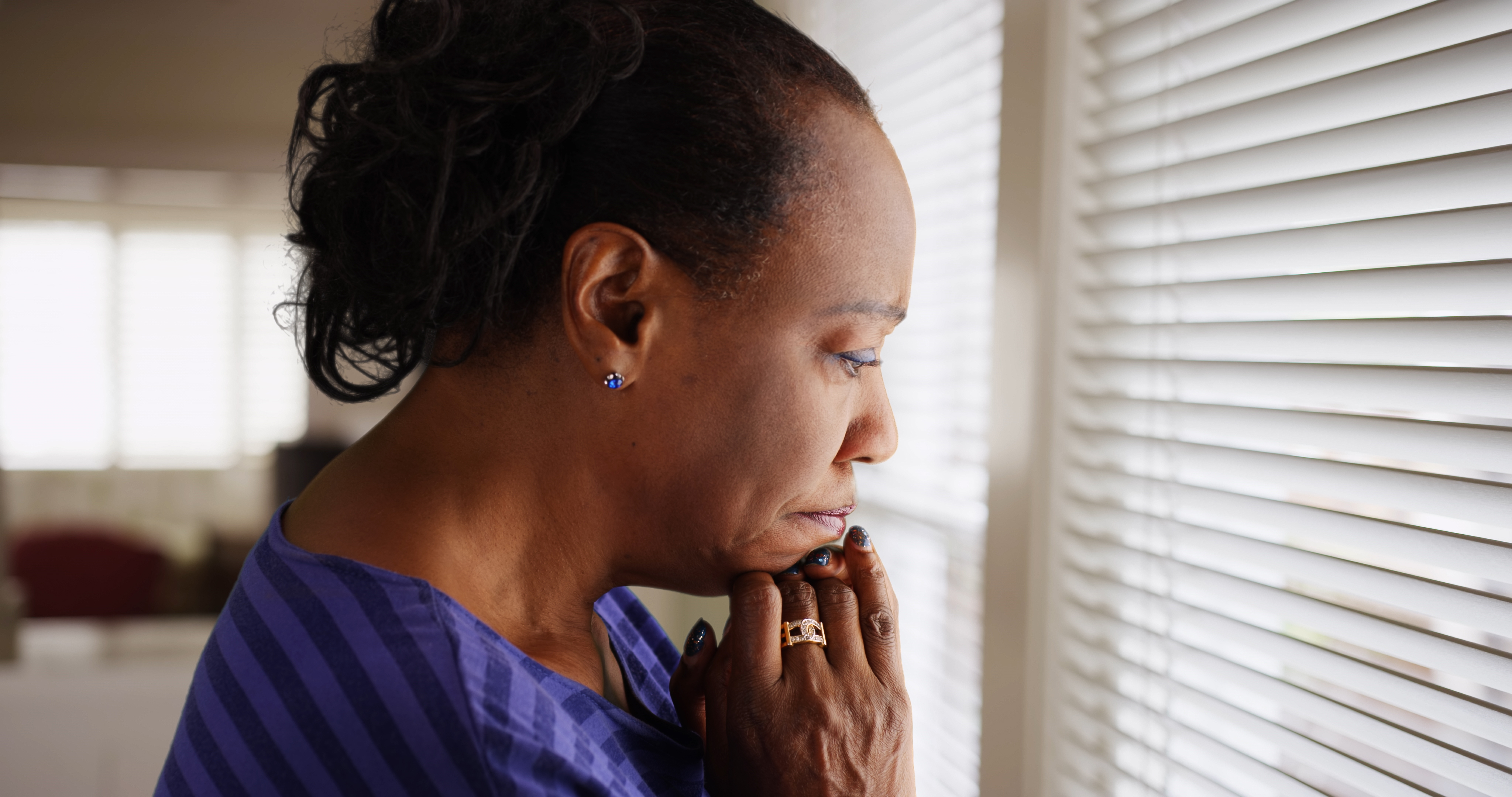
By Kayla Becoats
We’ve all seen the commercials. In fact, the thought of our grandparents and even parents being helpless and alone in their homes is terrifying. Even if aging isn’t a top priority for the majority of people in the United States, for 47.8 million Americans age 65 and older, it’s a reality. The U.S. Census Bureau estimates that by 2060, seniors will comprise 20 percent of the population. This continued growth, coupled with the U.S. Centers for Disease Control and Prevention’s report of an estimated 15,600 nursing homes in the United States, suddenly makes the necessity for an alternative approach to taking care of the elderly seem dire. It raises the question—what other option is there?
Aging in place refers to elderly people who choose to remain in their homes for as long as possible. Moving is physically and emotionally demanding for anyone, but for seniors, it is especially overwhelming, due to the need to readjust to new living spaces, people and routines, when their bodies are beginning to slow down. For many elderly people, the benefit of aging in place is that it allows them to continue their quality of life in their established residence, while aiming to ensure their safety and comfort.
According to Alison Starkey, a licensed physical therapist and certified aging in place specialist (CAPS) aging in place takes early preparation. Her business, Gaitway of Charlotte, is a consulting firm tasked primarily with evaluating how it can help seniors remain in their homes. Starkey and her team believe aging in place is a process in which preparation is fundamental, because of the impact aging has on someone’s basic needs. It requires taking a look at the entire scope of a person’s daily activities and assessing what must be done so that the quality of life may be preserved and improved upon as necessary.
Starkey’s expertise dispels the notion that aging in place focuses primarily on home renovations. While it is true that widening doorways, replacing doorknobs and adding wheelchair ramps are some of the ways in which mobility around the home is enhanced, there are other factors that must be considered. Starkey says those are, “How do you get your medicines, shopping and groceries done? Do you have an adequate support system?” The nuances of these seemingly simple questions are why businesses such as Gaitway of Charlotte exist. They provide screenings for medication management, nutrition, driving and cognition before providing recommendations, with the intent of helping clients get their affairs in order.
Furthermore, any suggestions provided by this type of business aim to connect clientele in need with contractors, physical therapists, personal shoppers or any other professional their individual situation requires. This type of network fosters a sense of security for not only those choosing to age at home, but their loved ones, as well.
The significance of having community support of initiatives such as aging in place can even be seen in our city. In June 2018, the Charlotte City Council allocated $500,000 to establish the program “Aging in Place.” Created to provide tax breaks for elderly homeowners with an annual income of less than $45,000, this program could allow seniors to spend their money properly as they get older.
Additionally, city-based initiatives such as the city’s “Aging in Place” program show that there are a growing number of options, both cost-effective and fulfulling, for senior citizens who choose to age in their own homes. Most importantly, however, it reaffirms the idea that aging is not a death sentence, but instead a part of life that can be enjoyed with the proper amount of planning and anticipation for what the future may bring.
